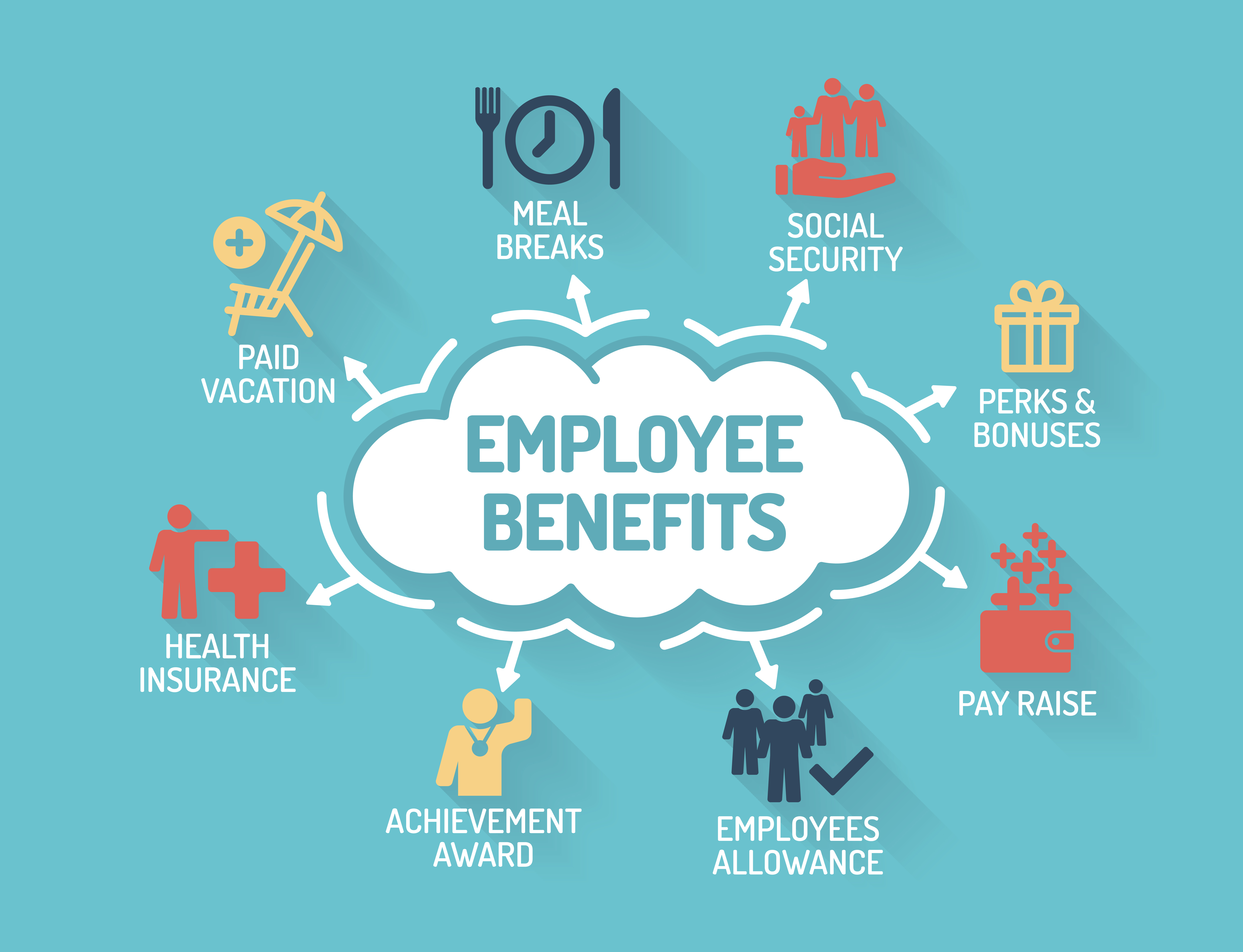Have you heard of private benefit exchanges? While the concept is fairly new, the results are already showing. Today we’ll examine a survey by Liazon® that addresses the ups and downs of private benefit exchanges.
 |
By Ruth Berkowitz
Each year, we at Liazon reach out to the employees who have used private exchanges to find out what they think of the experience. We also use this as an opportunity to find out what they think about their benefits, including how aware they are of their company’s funding contribution. The results are always illuminating, especially when we track attitudes and usage patterns over time.
For background, a private exchange is an online store or marketplace in which employees purchase benefits using funding contributed by their employers. There are various exchange models available, each with different features and differentiators, such as decision support tools, consumer education, and employer reporting.
Projections place private exchange adoption at over 40 million by 2018 as more employers take notice of their cost-savings advantages and streamlined benefits administration, while improving employee satisfaction. The results below are based on survey findings from Liazon’s population of employers and employees, and the learnings can help the industry understand how exchanges can perform in the marketplace in light of existing predictions about adoption.
Are Employees Really That Satisfied?
In a word, yes. The survey found that:
- Most (96%) employees prefer choosing their own benefits rather than having their employers choose for them.
- Most (90%) employees found the recommendation offered by the system to be helpful.
- Most (96%) reported overall satisfaction with their experience.
How Do Satisfaction Rates Play Out Over Time?
Since exchanges have only been around for a few years, it makes sense to look at the long-term impact of switching to a more employee-centric model. Having access to data on the long-range behaviors of employers that have moved to a private exchange provides a deeper level of insight.
- Liazon’s survey found that employee satisfaction grows stronger in subsequent years on an exchange. This remains consistent among key measures, including:
- Overall satisfaction with the exchange experience (up 5% for renewing employees in year two and beyond);
- Satisfaction with the shopping and enrollment experience (up 9% for renewing employees);
- Greater valuing of employee benefits (up 5% for renewals); and
- A growing understanding of benefits offerings (up 4% for renewals).
- Further, among employees in their second year or more in an exchange, 95% were satisfied with the benefits they had purchased in the previous year.
Considering overall consumer dissatisfaction with insurance and benefits, offering a positive experience is something private exchanges are uniquely qualified to do in today’s benefits environment.
How Much Does Cost Influence Benefits Choices On a Private Exchange?
We know that price is not the main driver of benefits decisions when using a private exchange, and the survey backs this up. In fact:
- Sixty-one percent of those using an exchange for the first time said they chose the products they did because they offered the right level of coverage, and only 30% chose the products they did because the price was lower than what they had previously. Similarly, price isn’t the main driver for changing a benefits portfolio from one year to the next.
- Among employees in their second or third year using exchanges who modified their benefits from the previous year, only 33% made changes to their previous portfolio based on price. (Other reasons chosen include a change in needs, securing the right level of coverage, or choosing the system’s recommendation.)
Private exchanges are more than just a way for employees to choose benefits—they offer a way for employees to choose the right benefits. And employees value having this control over these very personal decisions.
Ruth Berkowitz is a vice president at Liazon Corporation, operator of the industry-leading private benefits exchange for businesses.
Tomorrow we’ll take a look at of the benefits to employers when it comes to private exchanges.
